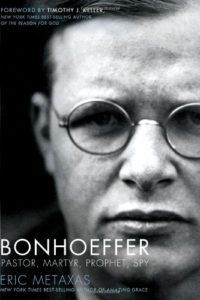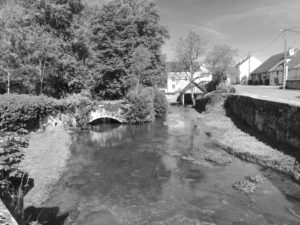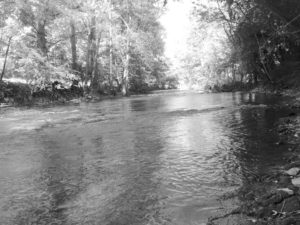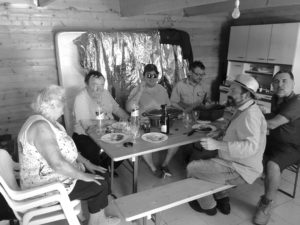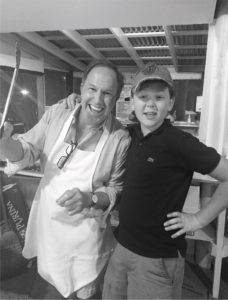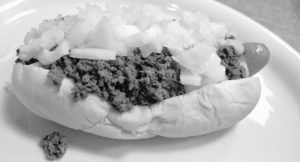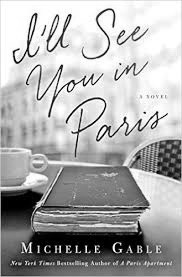That’s okay, because we are. Just have someone paint their fence yellow and the community goes bonkers. People around here like things as they are. And if they’re not, they push and prod to get them back the way they should be.
When we first moved in, Anne Barnes called us aside and asked, “This might sound silly, but for years the orange azalea at your farm entrance has bothered me. It clashes with the purple one across the way. Would you please consider taking it out?”
Pull up a bush because your neighbor doesn’t like it? No problem. I quickly tore it out and Anne Barnes was mighty pleased.
And the community was relieved when the new owner of Kesmont painted the yellow fence black. When it comes to fences, black is good, white is better and split rails get a pass. But yellow? You might as well paint the Hunt Club purple.
Speaking of fences, there’s the monstrosity that goes beyond hideous. Someone told a farm owner that vehicles could crash through her wooden fence and kill her horses so she put up the ultimate car killer—a concrete fence. This thing gives ugly a bad name. To come upon it amidst the lush greenery and carefully tended roadside, is like rounding a corner and encountering Sasquatch. Ersatz clapboard topped with crisscross and festooned with pineapples, the fence is truly ghastly. Plus it’s the color of what you’d find in a diaper. And to make matters worse, a couple years after she put it up, a car crashed through it.
The Keswick aesthetic is throwback, definitely, but in an age of passwords and streaming media where change is constant, it’s nice to drive down a road where everything is familiar. The signs and plantings at the farm entrances are reassuringly the same, when a tree goes down or someone mars the side of the road with tire tracks, everyone gabs about it.
How fiercely protective are people about 231? Just ask the people who religiously hew to the speed limit. Have twenty cars riding your bumper for ten miles? Keswickians could care less. This is our road and the speed limit is 45–so live with it.
When VDOT announced plans to trim the trees along the road to increase visibility, the community went into conniptions. You might as well have suggested putting triple-track storms on Monticello or clear-cutting Lonesome Mountain. You don’t mess with Keswick.
Same when a past owner of the Cismont store let it be known that he was considering a huge Sheetz-style awning over his gas pumps—the outcry caused him to quickly ditch the idea.
People police their road frontage, pick up trash, manicure the grass and clean their farm signs. One neighbor hires a tribe of Hispanics to pick up trash along the roadway, another goes out on Sunday mornings and pulls down ads tacked to trees.
If you let soda cans accumulate on your roadside or your grass grow long, you might as well go out with spinach in your teeth or soap in your ears. People gossip when a neighbor’s fences look like they need painting and kibbitz about the new house at Clark’s Tract. Even newcomers, like the guy with the new house, understand there’s a Keswick design ethic. The owner even emailed me, remembering something I had written about the famous yellow fence, and saying he hoped Keswickians wouldn’t be upset that he painted his house yellow. I reassured him that yellow is fine for houses, just not for fences.
The new owners of a big farm put up a world-class entrance, with fancy stonework, extensive planting, even some decorative chains. While some road snobs have snarkily suggested the whole thing is over-the-top, there’s no doubt it will wear well and become an accepted and admired piece of the landscape.
Then there are the gates. When we first moved here, no one had gates. Now there are six. They are all nicely done, tasteful, and understated but they do change the road’s character. The neighborhood takes them in stride, realizing that like texting and hiphop, they are here to stay. But every time a new gate goes you can hear Keswickians wistfully ask, “Can you believe all these gates?”
In the two years we were building our house, we often talked about the how neighbors would react. Would people think a modern house would be tainting the area’s Palladian heritage? Soon after we moved in, we had a group of friends over for cocktails, Anne Barnes among them. Would Keswick’s leading aesthetician look down her nose at our house? Sitting in the living room, Anne surveyed our new digs and pronounced, “Well, I couldn’t live in it, but I kind of like it.”
And recently we were concerned about the community reaction to the new light posts and plantings we were putting in at the entrance to Chopping Bottom so Annie and I were and were relieved when people reacted positively.
Your farm entrance is your face to the world. And the last thing you want is to have egg on it.
Especially for a fuddy duddy like me.








